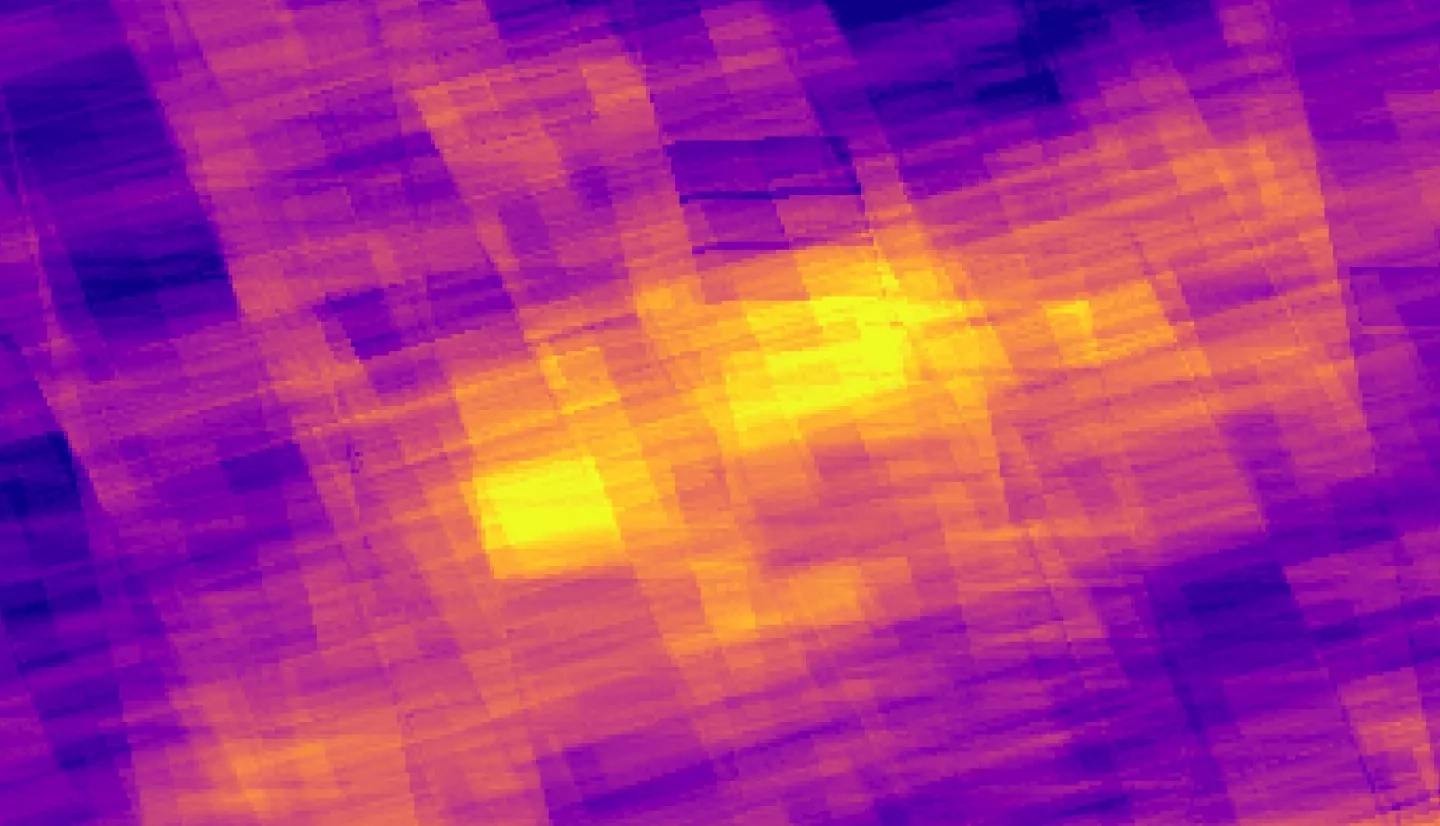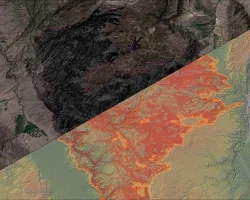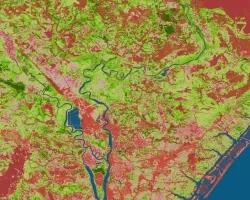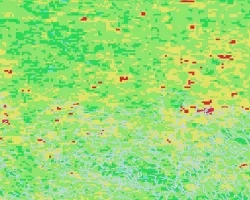Southeast Michigan Health & Air Quality (Fall 2021)
Team: Mariam Moeen (Project Lead), Helen Turvene, Yuan Lin, and Albert Kodua
Summary: Pollutants resulting from industrial activity can react with sunlight to create ground-level ozone, a harmful pollutant that can exacerbate respiratory health issues such as asthma. Due to a history of heavy industrialization, residents of southeast Michigan and northern Ohio are especially susceptible to ground-level ozone. NASA DEVELOP, in partnership with the Michigan Department of Environment, Great Lakes, and Energy’s (EGLE) Air Quality Division and the Lake Michigan Air Directors Consortium (LADCO), investigated the effectiveness of Earth observations (EO) in monitoring pollutants that contribute to ground-level ozone. The team used the European Space Agency’s TROPOspheric Monitoring Instrument (TROPOMI) aboard Sentinel-5P, and NASA’s Ozone Monitoring Instrument (OMI) aboard Aura, to measure nitrogen dioxide (NO2), formaldehyde (HCHO), and methane (CH4) from 2019 to 2021 (May-September). The team oversampled the EO data on monthly, yearly, and 3-year time scales where possible to enhance more localized pollutant trends. Specifically, TROPOMI effectively monitored NO2 from space, indicating sub-city distributions on a monthly timescale. Contrastingly, the measurements of HCHO were predominately noisy, and therefore failed to show any distribution trends. Lastly, CH4 trends were identifiable yet coarse, hinting that EO monitoring in the case of CH4 is not beneficial for our partners. The end products provide the partners with insight on the utility of EO in measuring certain ozone precursors and can be used to guide ground-level ozone reduction strategies throughout the region.



